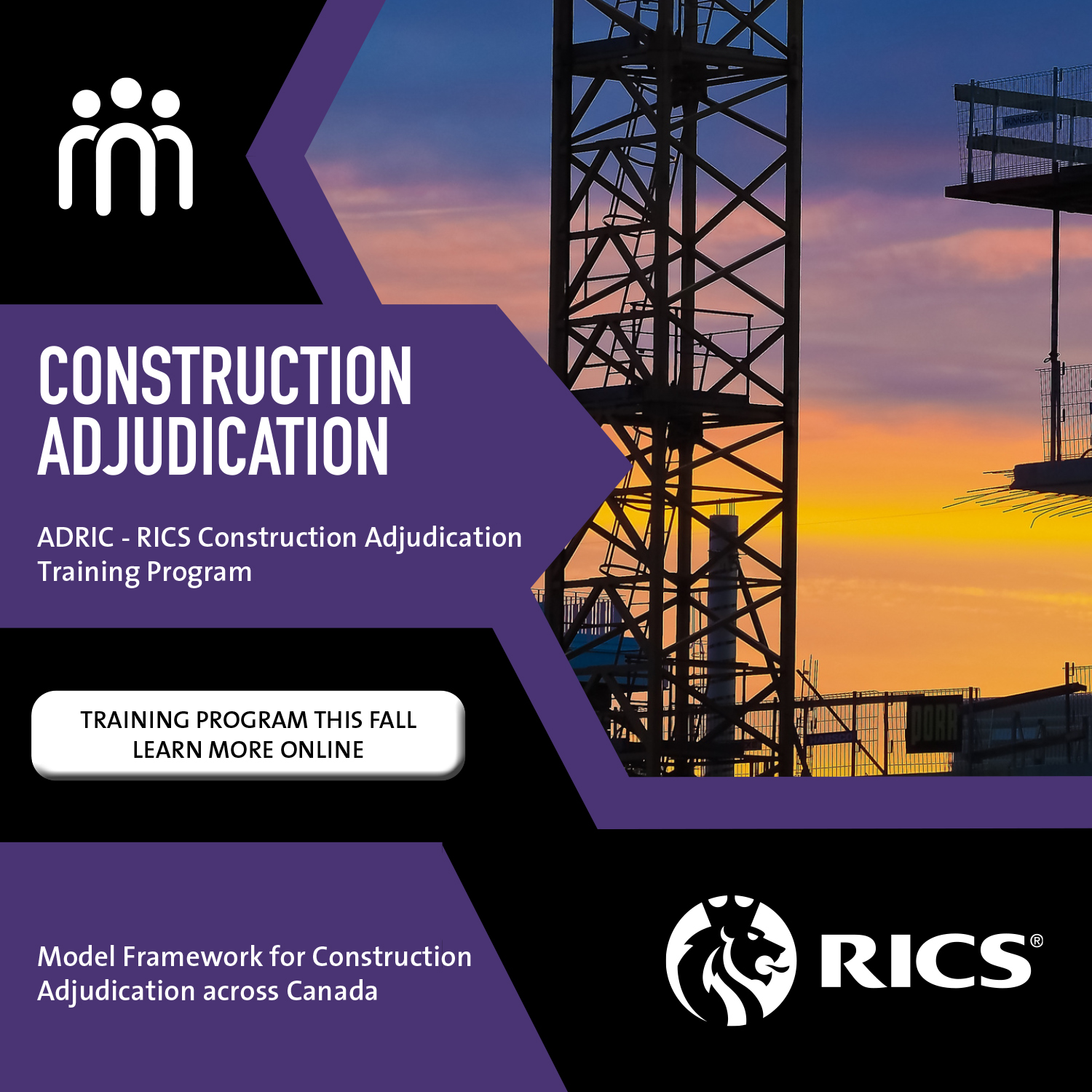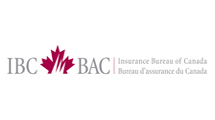Published on L’expert | by Elizabeth Raymer
Last July, the ADR Institute of Canada announced it had drafted a framework for mediation-arbitration (Med-Arb) processes and is creating a designation for Med-Arb practitioners, the first in Canada and believed to be the first in the world. The new framework and requirements for Med-Arb designation was expected to be revealed at ADRIC’s annual conference in Victoria in November.
Med-Arb — a hybrid approach to dispute resolution that begins with mediation and, if that does not result in a settlement, sees the mediator assume the role of arbitrator and moves to a binding decision — has largely been used in family law cases, but in the past several years there has been an uptick in its use in business disputes as well.
“Over the last two years, I’ve done maybe 12 to 15 Med-Arb cases, compared to only a half-dozen in the preceding 18 years,” says Colm Brannigan, a chartered mediator and arbitrator at Brannigan ADR in Brampton, Ont.
That change has been driven by a number of factors, he says, “including lawyers who are really innovative” in looking for the best process for the best outcome for their clients. Med-Arb “allows the parties to really craft it, and maximize the potential for dispute resolution,” he says, including avoiding the cost of full-blown litigation.
One characteristic of Med-Arb is that “it dramatically increases the clout of the mediator,” says Linda Rothstein, a litigation partner in Paliare Roland Rosenberg Rothstein LLP in Toronto.
“As it is often explained, it gives the mediator/arbitrator a ‘hammer,’” she says. “Either the parties accept his or her recommended settlement or they will likely be worse off because the same person who is telling them they should settle will adjudicate the dispute. It increases the likelihood of settlement at mediation.”
Lauren Tomasich, a litigation partner at Osler, Hoskin & Harcourt LLP in Toronto and the key contact and lead for the firm’s Commercial Arbitration group, says she believes Med-Arb is a concept that’s not particularly well understood.
“Some practitioners are a bit hesitant to use it,” she says, for fear that disclosures that may have been made during mediation, such as potential offers, will be seen by those ultimately making the final decision, as the mediator becomes the arbitrator.
But the more flexible approach, and arbitrators who may press settlement opportunities or procedures to narrow the issue, “help parties reach the best decisions,” Tomasich says, adding that she sees Med-Arb as offering an advantage on the whole. All parties engaged in the process “have the objective to resolve clients’ disputes in an efficient and effective manner.”
Med-Arb can help in a situation where there are several smaller disputes, or a few key issues, which may be hived off in advance or need a merits-based consideration, says Tomasich. “Working with one individual who’s both the mediator and arbitrator, and knows all the issues” can be helpful, and Med-Arb can also provide a decision in a shorter timeframe.
“The mediator is up to speed on the facts, and for an arbitration hearing [where] evidence needs to be adduced, you can plan everything in advance,” she says. “You have a decision-maker who’s up to speed, and you have agreement as to how to move things forward regarding evidence and consideration on the merits. You can structure the process.”
In a large construction dispute, for example, involving significant numbers of issues and much money at stake, “you could potentially figure out what might be hived off, [and] at the same time get the decision-maker up to scratch in making a decision in arbitration.”
In a case where a compromise can’t be achieved, moving straight to a determination is best, says Tomasich. “With a number of issues at play, and if speed is important, then I think Med-Arb could make sense.”
In the business sphere, construction, condominium and commercial disputes are all well-suited to Med-Arb, Brannigan says. “Those are areas where you have a lot of cases that would be significant financially, but not necessarily enough for full-blown litigation.”
It has also become common to use arbitration in shareholder disputes, Brannigan says. In many such disputes, it makes sense for clients to combine the process, which holds out the opportunity for parties to sort the dispute out, he adds.
In general, Brannigan believes that Med-Arb benefits ongoing, supplier and fixed relationships. “It’s almost impossible to continue a relationship at the end of a litigation process.”
Some counsel have expressed concern that the person who does the mediation should not be the arbitrator. “It’s far too intimate a relationship, in mediation,” to have the same person then arbitrate the matter, says litigator James Woods of Woods LLP in Montréal.
“The mediator’s goal is to get the two sides to agree, and the mediator uses all sorts of strategies to get the parties together; that requires a lot of disclosure, sometimes made on the basis that it won’t be disclosed to the other side,” he says. “But if you’ve already disclosed it to the mediator,” it will still be in that person’s mind during arbitration.
“That person has too much baggage to act as an independent arbitrator, to decide on evidence in arbitration as opposed to what was said in mediation; there’ll always be an overlay,” says Woods.
In the few times he has used Med-Arb, however, he says it has been successful for his clients.
Lawyers rightly are concerned with due process, and mixing information that is provided during mediation with evidence presented during arbitration, says Brannigan. “That can cause concern. But … if I’ve gone forward [with Med-Arb] and the bulk of the dispute resolves in the mediation phase, it never goes beyond that.” If it does, the mediator can work to structure the process efficiently, he says, but the parties and their lawyers must be prepared to get involved in the design.
Each situation is different and can involve different options, Brannigan notes. The first Med-Arb model is to hire a mediator-arbitrator who is the same person; the second is to hire two different people, which may be somewhat more costly but has the advantage, if desired, of separating the mediator and arbitrator functions.
The third is the opt-out model, developed in Australia, where one person acts as mediator, then as arbitrator, unless one party objects; for example, if a party believes the mediator has shown bias. In this model, even the mediator may opt out of the arbitration; but an arbitrator would already have been selected as a backup. “You’ve designed all that at the front end.
“I started in the ‘more disadvantages than advantages’ camp,” Brannigan says, “but over the years I’ve seen that it shouldn’t be used in every case, but should be looked at as an option. Pick an arbitrator who has the knowledge and experience to do this. There is lots of potential. The costs of going through full mediation and full arbitration, or litigation in court, are disproportionate to the potential gain.”
Arbitration when it’s well-designed can be very effective, Brannigan says, but the two processes — mediation and arbitration — when put together are even better: “effective, positive and encouraging people in their arbitration.”
Seventy to 80 per cent of cases settle in the mediation phase of Med-Arb, he says, and the process can be achieved in six months as opposed to potentially years of litigation in court. “Almost anywhere you can mediate or arbitrate … you put together a process that’s more efficient, with less human cost and a speedier process. Most people are looking for a common-sense resolution to a dispute.”
If rules are put in place to govern Med-Arb, “you might even see more of it, because people have a ready-made process they can use going forward,” says Tomasich.
“It’s an interesting initiative, and quite novel; in circumstances where I’ve seen Med-Arb used, it’s been rather ad hoc, and has come about as a dispute has progressed,” she says. But if there was an established body of rules and individuals who were formally recognized as skilled in mediation and/or arbitration, “I could see this [Med-Arb] then being proposed up front: an effective result for the client, [done] as cost-effectively as possible. The more options you have, the more strategic you can be in the dispute resolution process.”
Describing herself as a proponent of arbitration, Tomasich says she has seen judges on the Commercial List bring in individuals prior to hearing a case and tell them how they think things should be done.
“I actually think I’ve gotten to a better resolution based on the initiative of judges,” she says. “To the extent we can be as strategic and flexible as possible, it’s [simply] a question of identifying when [Med-Arb is] appropriate.”
Lawyer(s): Linda R. Rothstein,James A. Woods


















